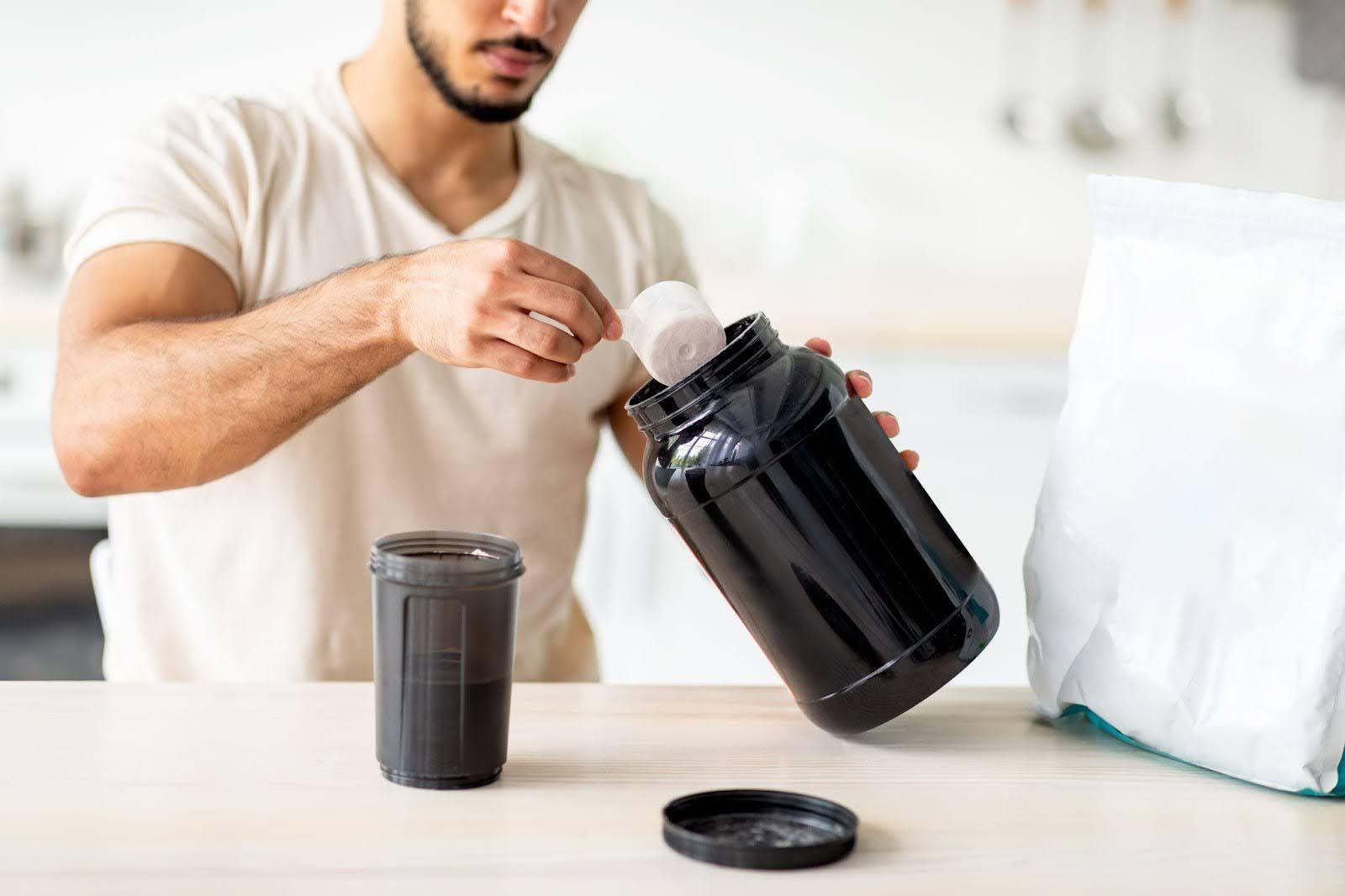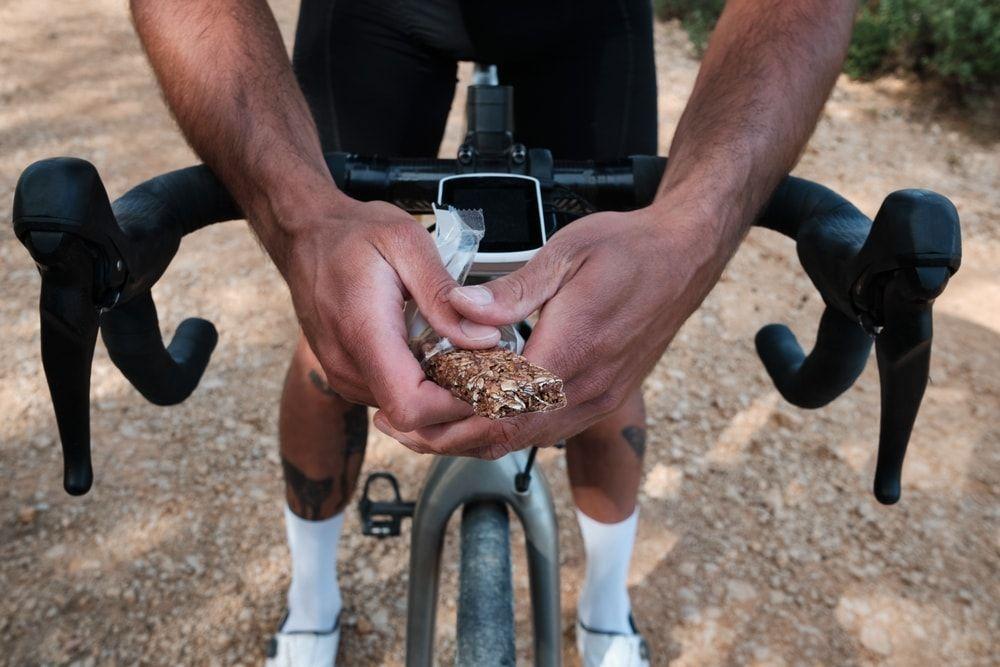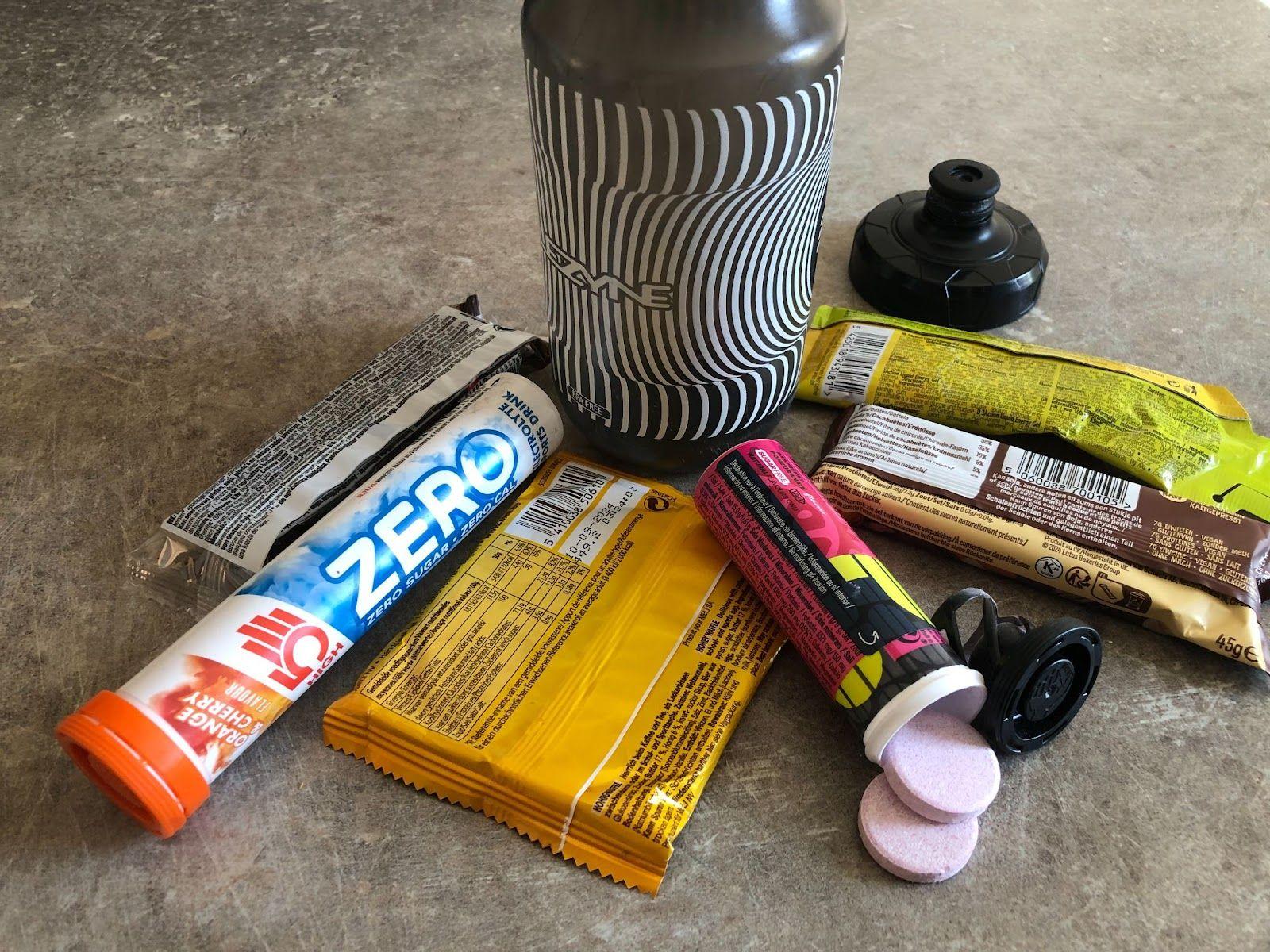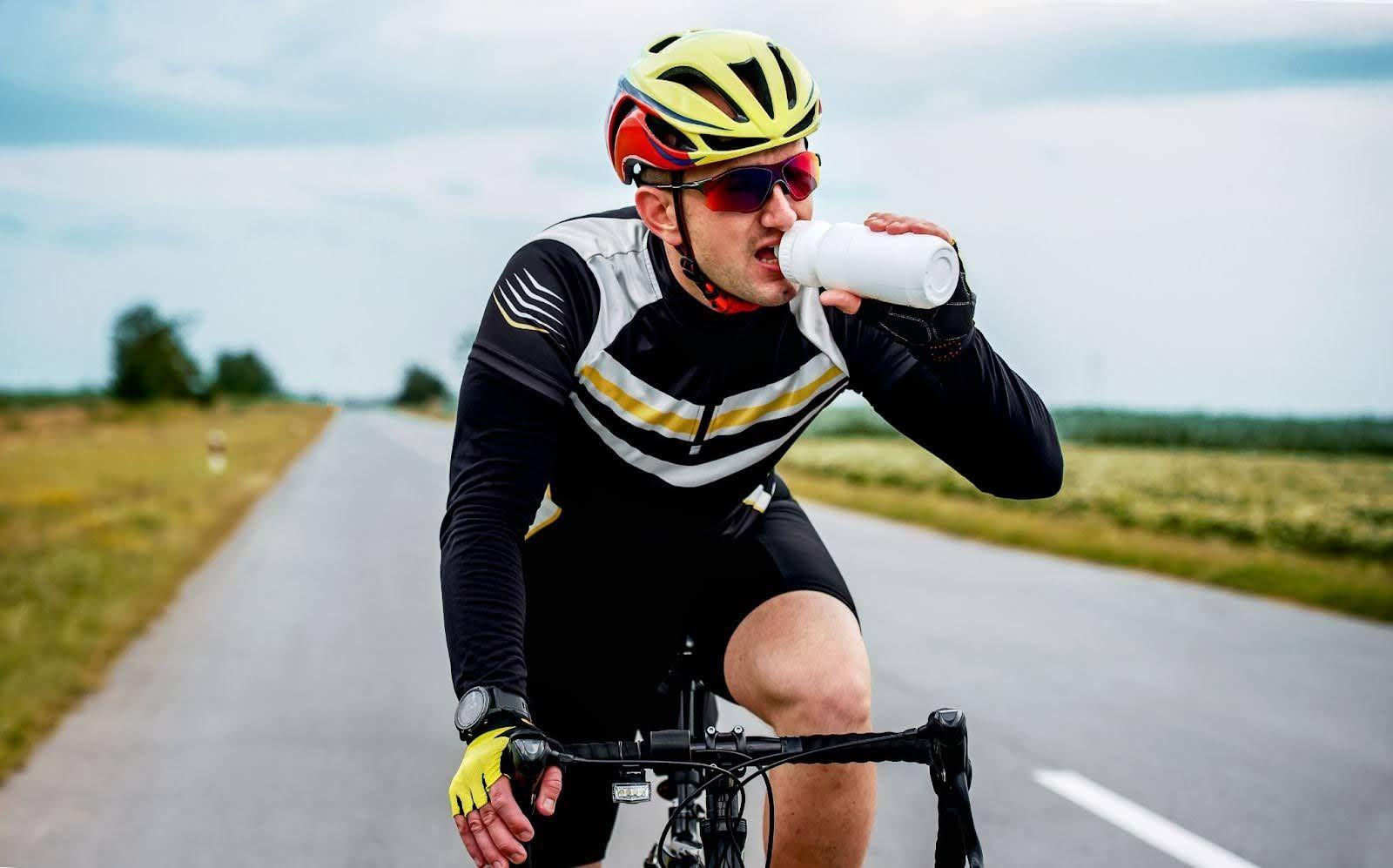For endurance cyclists and triathletes, the work outside of your primary training is incredibly valuable. Getting proper rest, and working on your mindset offers much more than you might think. Another thing a lot of athletes don’t understand is the value of protein and why it’s so important.
When it comes to recovery, rest and nutrition are the biggest keys. The big macronutrient everyone talks about is protein, and you’d be surprised just how much difference it makes. It helps the muscles recover, and gives them the ability to grow back stronger.
There are a lot of myths that protein powder isn’t all it’s cracked up to be when it comes to endurance athletes. But science tells us a very different story, and the evidence says that actually, it couldn’t be more important.
The protein needs of cyclists and triathletes
It’s not just athletes who need protein, it’s everyone. We all require a certain amount, but when it comes to endurance, you might require much more than you think. You could end up doing a lot of training, and losing the gains you would have enjoyed if done with proper protein intake.
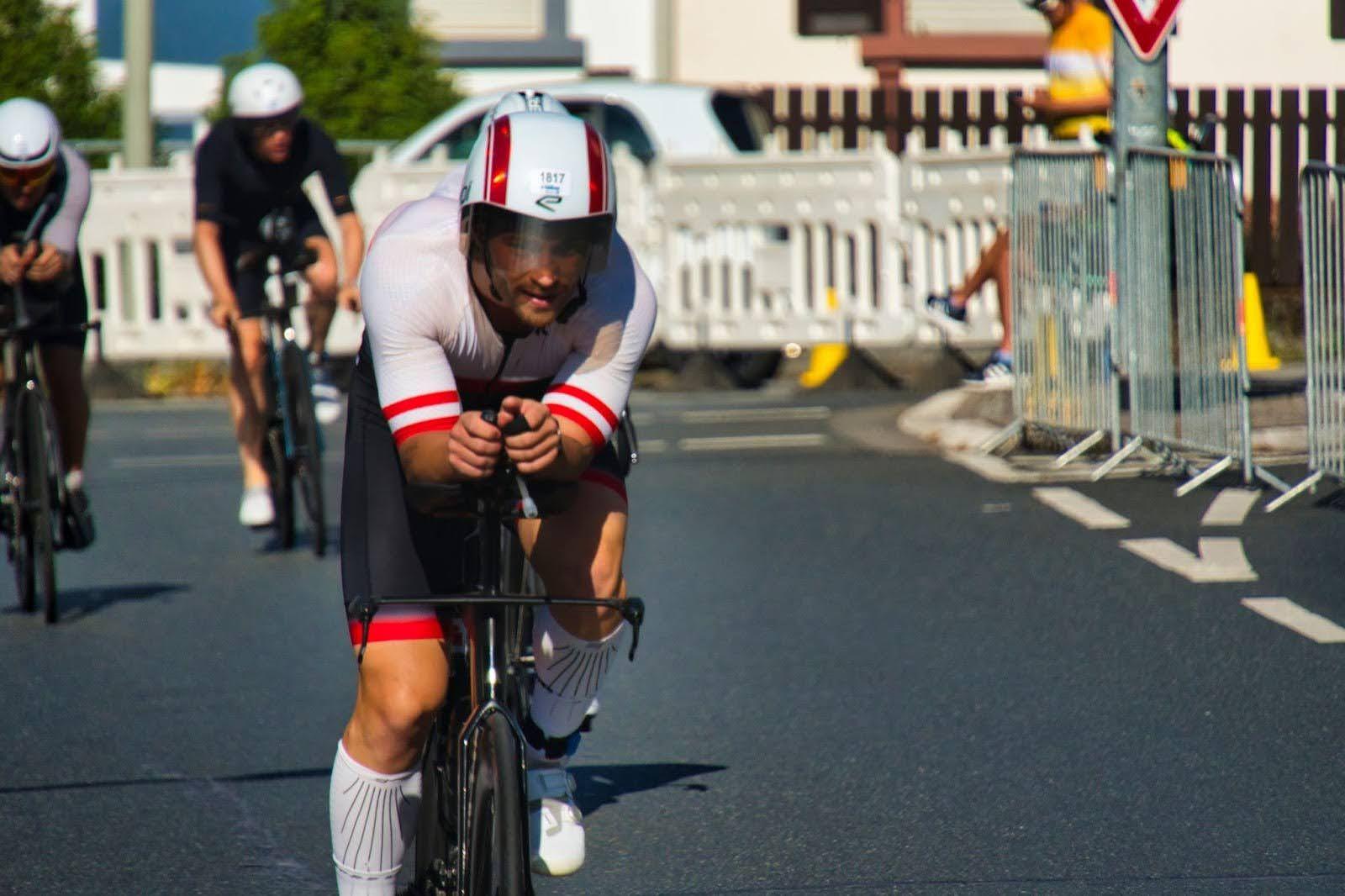
Recommended daily intake for endurance athletes
The recommended amount of protein is roughly 1.2 to 1.8 grams per kilogram of bodyweight per day (approximately .55 to .80 grams per pound of bodyweight per day). For example, a 100-kilogram cyclist should be getting between 120 to 180 grams per day. This sounds like a lot, but divided up over multiple meals it’s very doable. Protein intake for endurance can often be difficult to understand.
Timing: pre-ride, post-ride, and throughout the day
Protein is best served in small doses. Getting around 25-30 grams in regular intervals is the best way. As far as protein intake for endurance. For optimal recovery, getting some protein mixed with carbohydrates after a training session does make a big impact.
A lot of people question whether you should have protein before a workout. You can, but you’re better off aiming for the majority of the meal after training. Before a workout, carbohydrates are your best bet.
Types of protein powder
There are multiple types of protein powder for endurance athletes, and it comes down to personal preference more than anything. There are some excellent brands that offer protein, such as Myprotein, SiS and many more.
Choosing the right blend comes down to how each powder supports your training. Let's look at four types – whey for rapid recovery; casein for slow, overnight support; plant-based options for dairy-free diets; and collagen for joint and tendon care – so you can match your choice to each session.
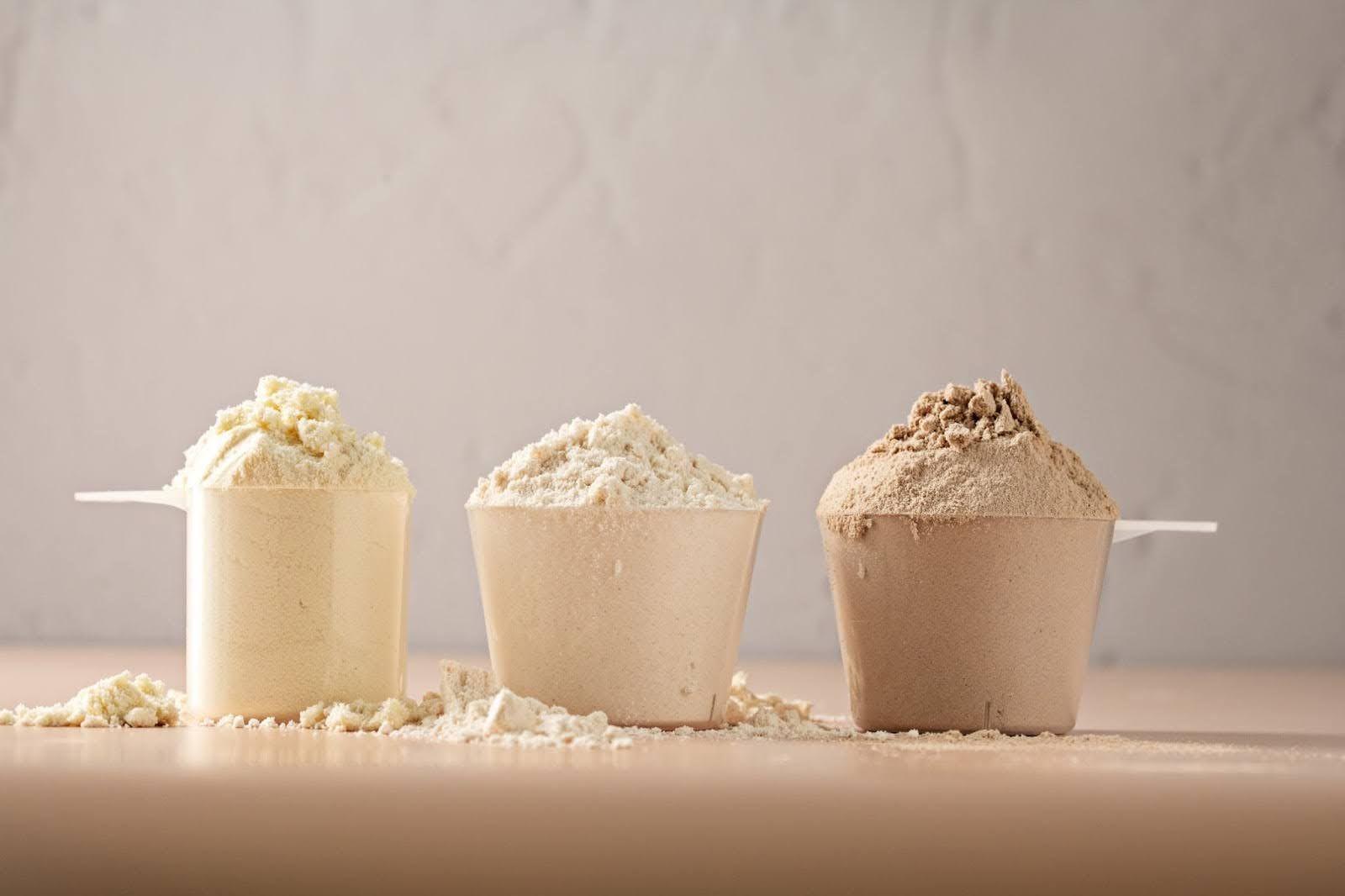
Whey protein: Fast absorption and amino acid profile
Whey is the most common type of protein for people who train. These protein powders absorb quickly and often come with amino acids, which have the ability to help the muscles absorb the protein.
Casein protein: Slow release for overnight recovery
Casein is our second type of protein, and is better for slow release. Some athletes use it later in the day so it can slowly release throughout the night.
Plant-based proteins: Soy, pea, rice and hemp
You also have lots of plant-based proteins. These are great if you are on a stricter diet or find whey and casein a little too heavy on the stomach.
Collagen protein: Joint and connective tissue benefits
Finally, we have collagen protein. This is good as protein but it doesn’t do the same thing as whey or casein. Still, it has some excellent benefits when it comes to joint and connective tissues. It can help increase blood flow to connective tissue, which is great for recovery. It’s often used before a workout.
Whey vs. plant-based protein for endurance sports
Whey is the most popular choice of protein powder for endurance athletes. Which is better when it comes to whey or plant-based proteins? Well, let’s find out.
The nutritional differences between whey and plant protein are significant. Whey is much faster acting and – with the amino acids – it breaks down a lot quicker, and offers the muscles what they want fast.
Plant-based proteins typically release much more slowly. They also generally don’t have the amino acids that whey does, unless the sources are mixed. Alongside that, the leucine content is lower.
When it comes to whey vs. plant protein for athletes, it’s a personal choice. Plant-based is generally used by people on fairly restricted diets.
When & how to use protein powder
It’s not just the amount of protein you have; using it at the right times and in the right quantity is key as well. It’s important to remember that protein is to help supplement a good diet, not to replace whole foods.
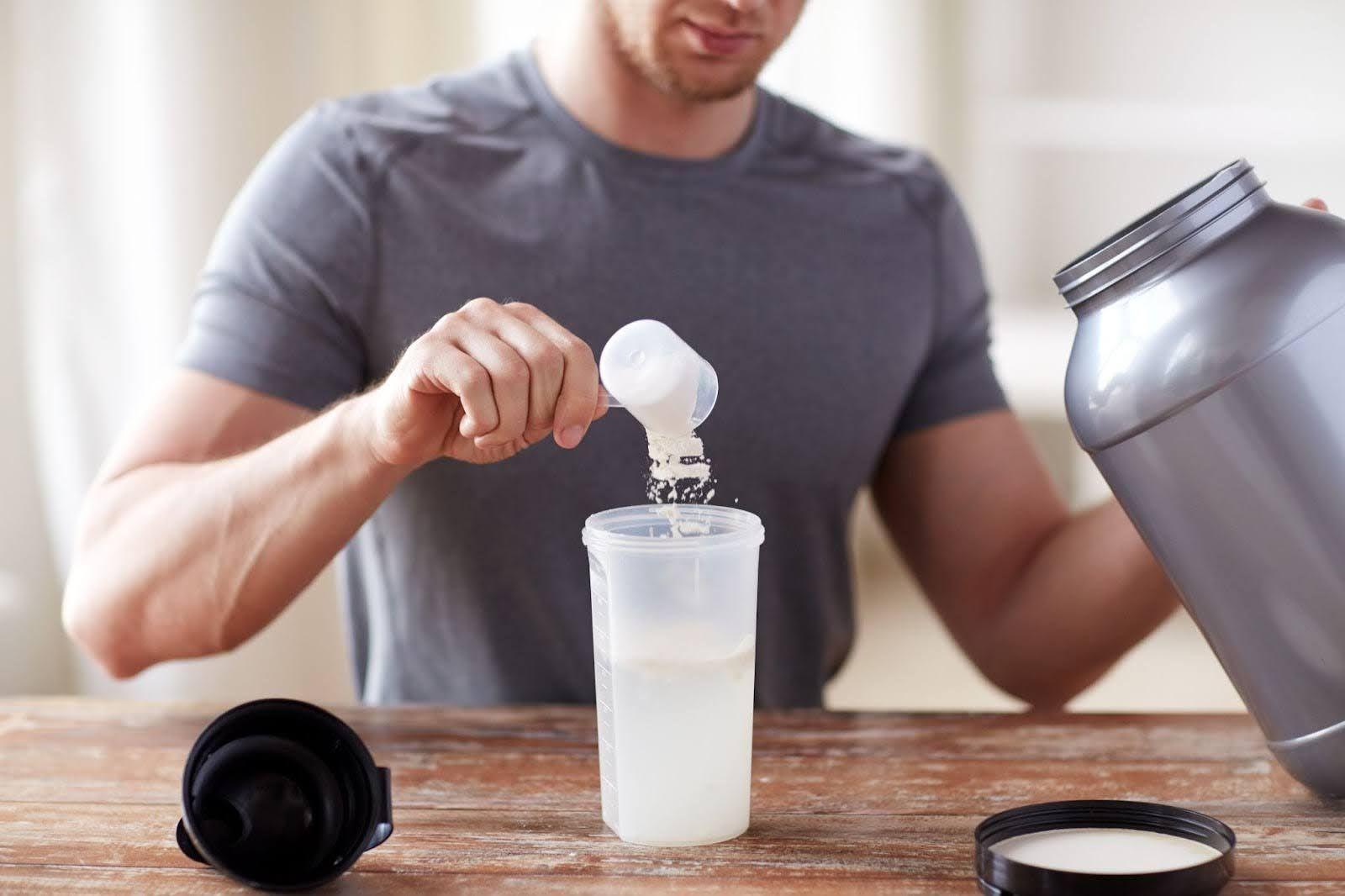
The most important time to supplement protein, in my opinion, is after a workout. Taking in protein when the body requires it the most makes such a big difference, and can seal in the hard work of the training.
Another good time for protein is before bed so the body can rest and recover while you’re asleep. The time the body makes its best recovery is when you are sleeping, so use that time effectively.
Protein powder doesn’t have to be taken in a shake form – it can be added to your food. You can add it to smoothies or even mix it with yogurt for a high protein-and-carbohydrate hit.
Protein powder & indoor cycling training
Combining training on the ROUVY indoor cycling app and an effective nutrition strategy will help you see some amazing gains in your fitness.
When you finish a ride or one of the pro-designed workouts on ROUVY, that’s the best time to take in a protein hit. This lets it start taking effect as quickly as possible when your body is craving energy.

Following high-intensity sessions on ROUVY, you’re going to want to get the protein in quickly – straight after. For those long endurance rides that can last hours, you might want to include some small sources of protein, especially if over a few hours.
Combining protein with carbs for recovery
Carbohydrates are not the enemy after a workout. They actually play a big part in recovery. Many people aim to use protein and limit carbohydrates after a workout, when the evidence says we shouldn't.
The carbohydrates help us replace the glycogen that we use when training. Instead of the body having to break down fat stores or use its protein, carbohydrates can do this much faster.
Sample recovery shake recipes
Whey shake: 1 scoop whey protein, milk, banana and a spoon of peanut butter.
Plant-Based shake: 1 scoop pea or soy protein, almond milk, frozen berries and chia seeds.
Collagen shake: Collagen powder, orange juice, a little honey and frozen mango.
Final tips for choosing & using protein powder
When it comes to protein powder, it’s important not to use it as a replacement for meals but as a nutrition supplement. As a trainer, I see all too often that people want to reduce meals as they’re taking more supplements.
Also, spacing out your protein powder is important. Try not to take too much, as it can upset the stomach, and try to use real food as much as possible. A shake or two a day is fine, but any more than that might leave you feeling uncomfortable.
Use a good brand of protein. Although it might be tempting to choose a cheaper brand because of the price, they often taste quite awful and tend not to have as good ingredients. The bigger brands often go through better research and product testing.
Personalization based on training load and dietary needs
If you’re training a lot, you might want to consider being closer to 1.8 grams of protein per KG of bodyweight daily (approximately .80 grams per pound). If you’re only training in small amounts, you might just need to take in around 1.2 grams per KG (approximately .55 grams per pound).
Protein is such a big key when it comes to getting the best performance possible. Not only does it help recovery, but it also can keep you training for many, many years to come. Protein for recovery cycling is vital and should never be neglected.
Further reading
- Clinical Nutrition, “Protein supplementation increases adaptations to endurance training”
- ROUVY, “Keto diet for endurance athletes – benefits, drawbacks & how to start”
- Sports Medicine, “The Effect of Consuming Carbohydrate With and Without Protein on the Rate of Muscle Glycogen Re-synthesis During Short-Term Post-exercise Recovery”
- Nutrition Reviews, “Effect of plant versus animal protein on muscle mass, strength, and physical performance”
- ROUVY, “Healthy snacks for triathlon training: Fuel smarter, recover faster, perform better”
- Frontiers in Nutrition, “The effect of protein intake on athletic performance”
